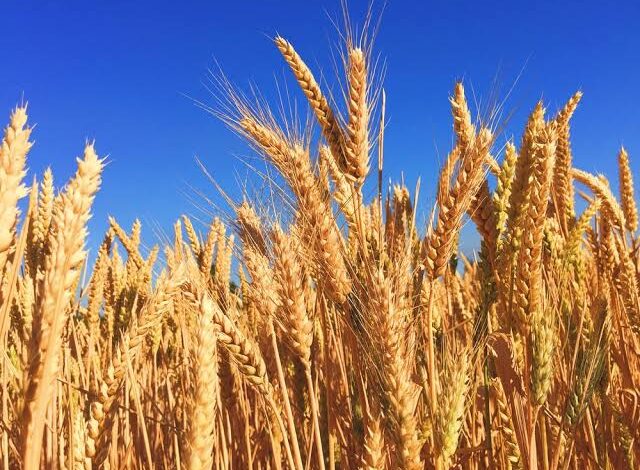
Faith Nyasuguta
The Ukraine war has exerted an upward pressure on already high global food prices, with major effects on acute food insecurity.
Economic concerns are also driving food insecurity, as the world economy – still recovering from the COVID-19 pandemic – has slowed down due to global supply chain disruptions, high levels of inflation and increasing public debt.

The Food and Agriculture Organization of the United Nations (FAO) and the World Food Programme (WFP) have cautioned that acute food insecurity will soon worsen in some countries or situations during the outlook period from June to September 2022.
These nations all have parts of populations identified or projected to experience starvation or death (Catastrophe, IPC Phase 5) or at risk of deterioration towards catastrophic conditions and require the most urgent attention.
Here are 5 African nations hit hardest by the grain crisis in Ukraine:
THE DEMOCRATIC REPUBLIC OF CONGO

In the Democratic Republic of the Congo, 25.9 million people were projected to face crisis or worse levels of acute food insecurity, including 5.4 million people in an emergency between January and June 2022.
The recent escalation in conflicts and population movements, as well as increasing food prices, could increase the magnitude and severity of acute food insecurity, especially in eastern provinces.
NIGERIA

Reaching the highest level on record, about 19.5 million people are projected to be in crisis or worse levels of acute food insecurity in Nigeria during the lean season (June– August 2022), including 1.2 million in an emergency, if humanitarian interventions are not scaled up and sustained.
Three states (Borno, Adamawa and Yobe) contain about half the population in an emergency, and more than one-quarter of people in critical need of emergency assistance in Borno are projected to be located in inaccessible areas where access to life-saving assistance is expected to be lacking.
ETHIOPIA

Last year, 18 million people were estimated to require food assistance in Ethiopia, and this number is likely to have increased further. Major economic challenges will likely be further aggravated by Ethiopia’s high dependence on fuel, fertiliser and wheat imports, with two-thirds of wheat imports traditionally sourced from the Russian Federation and Ukraine.
In addition to this, already high local food prices – 43.4 per cent food inflation year-on-year in March 2022161 – will likely further increase. Furthermore, already high costs of fertilisers are expected to increase continually due to the ripple effects of the war in Ukraine.
SOUTH SUDAN

A recent analysis projected that 7.7 million people would face crisis or worse levels of acute food insecurity between April and July 2022. This includes almost 2.9 million people in emergency and 87 000 in catastrophe.
These numbers show a 7 per cent increase in the number of people in crisis or worse and a 17 per cent increase of people in emergency or worse in comparison to the same period last year. Populations in catastrophe are located in counties in Jonglei, Lakes, Unity states, and Greater Pibor Administrative Area.
SOMALIA

More than 6 million people – 38 per cent of the population – were projected to face crisis or worse levels of acute food insecurity between April and July 2022, including 1.7 million people in emergency and 81,000 people in catastrophe.
The combination of a prolonged drought, increasing conflict, and rising food prices is projected to drive food insecurity up, reaching catastrophic levels for more than 81 000 people by June 2022 and with a risk of famine in several areas.




